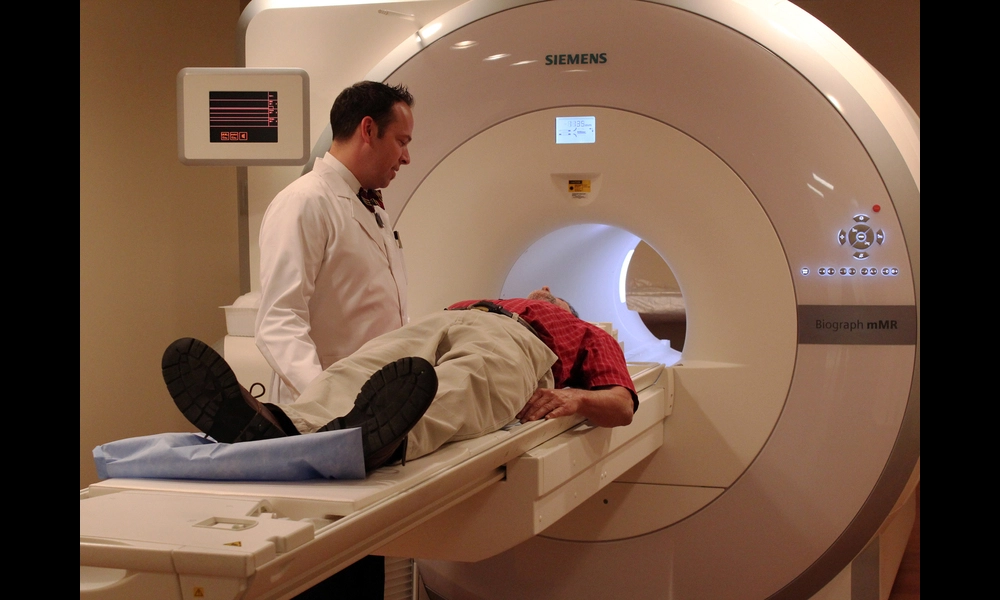SR-Lasso: Revolutionizing Imaging Science with Sharper, More Accurate Visual Data
Published on Thu Jan 01 1970In a breakthrough for imaging science, researchers have developed a new approach to enhance the detail with which we can see our world, from the exquisite patterns of single cells to the grand tapestry of the cosmos. The Super-resolved Lasso (SR-Lasso) is an innovative extension of a commonly used method in imaging known as the Lasso, and is set to significantly improve the accuracy of detecting and pinpointing individual sources in images taken from low-resolution measurements. Imagine a world where astrophysicists can more precisely map the stars, neuroscientists can better detect neuron activity, and cellular biologists can see the minutiae of single molecules. This is the game-changing potential of SR-Lasso, a new method that refines image resolution and provides sharper and more accurate visual data.
The problem that SR-Lasso addresses lies in the heart of super-resolution imagery—how do we accurately restore images when we have only blurred and low-resolution data at our disposal? The traditional Lasso method has long served as a go-to tool for this task, relying on a grid to reconstruct sparse sources and provide a clearer image. However, the grid approach is far from perfect, often mistaking the number of sources due to quantization errors – the digital equivalent of trying to fit round pegs into square holes. The SR-Lasso introduces a clever twist, incorporating a parameter for source shifts that might occur between grid points, while still maintaining the simplicity and versatility of Lasso. This advancement has the potential to revolutionize various fields by offering a more comprehensive and theoretically sound alternative to both grid-based Lasso and more complex grid-less methods.
This novel method can deal with real or complex-valued sources and essentially turns a complicated super-resolution problem into a group-Lasso problem, which is easier to solve with the advanced solvers we have today. The beauty of SR-Lasso lies in its effectiveness in support recovery (identifying the number of sources), which it can successfully do under certain separation conditions of the sources. In practical terms, what might have once appeared as a single blurry star in a telescope's imaging can now be revealed as two distinct celestial bodies, thanks to the refined analytical power of SR-Lasso.
A key contribution of the paper is in showing that SR-Lasso can consistently estimate the true number of sources, provided they are sufficiently spaced apart and the off-grid shifts remain within certain limits. This contrasts sharply with other methods, which may fail to accurately determine the number of sources or where they are. In a series of synthetic experiments that mimic real-life applications in imaging sciences, the SR-Lasso has already demonstrated substantial improvements over both Lasso and Continuous Basis Pursuit (C-BP) methods. These findings are not just a win for theoretical imaging science but could soon translate into sharper, more reliable images across disciplines, offering clearer insights into the previously hidden details of our universe. The researchers have generously provided their code online, inviting further innovations rooted in this significant leap forward in imaging technology.



